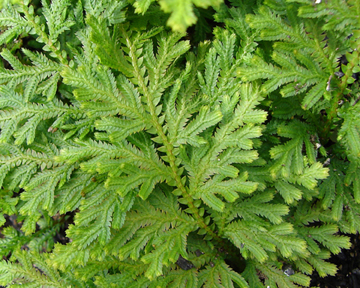Long time readers will know I have serious problems with using the term superweeds to describe weeds that have resistant to a herbicide. Yes, herbicide resistant weeds are a serious issue (just like antibiotic resistant diseases), but they are ONLY a problem for people who use the herbicide in the first place. A nytimes article from a few days ago on herbicide resistant weeds, while earning a little of my ire for still calling them superweeds, makes this point amazingly concisely:
The National Research Council, which advises the federal government on scientific matters, sounded its own warning last month, saying that the emergence of resistant weeds jeopardized the substantial benefits that genetically engineered crops were providing to farmers and the environment.
The danger, if we don’t do a better job of managing resistant weeds (through strategies ranging from crop rotation to developing crops resistant to different herbicides to allow farmers to rotate between different herbicides) is that we will lose some of the environmental benefits genetic engineering is ALREADY providing. Farmers who don’t use crops genetically engineered to resist herbicides, whether they grow their crops conventionally (using other herbicides, plowing, or hand weeding to control crops) can deal just as well — or as poorly — with giant pigweeds* that are “superweeds”, as those which are not.
*Which the nytimes informs us can grow 3 inches a day under ideal conditions. In other news, that’s pretty awesome! Corn might be able to beat it unless the pigweed got a head start**, but weeds are a much more serious issue for crops like cotton and soybeans which don’t ever get as far up off the ground.
**This is entirely my own amature speculation, I’ve never had to grow corn in a production environment and the last time I was responsible for a real field of research corn, we controlled weeds the old fashioned way (long days in the sun with a hoe***) until the corn plants got big enough to hold their own.
***Everyone should really spend at least one day hoeing corn (or some other crop, I’m not particular). For a little while it’s fun and exhilarating, and by the end of the day you have a much better understanding of why very few people would ever CHOOSE a life of manual agricultural labor, whether as subsistence farmers or migrant laborers.****
****Sorry for going so crazy with nested foot-notes. Clearly I’ve been missing this style of writing more than I realized!

